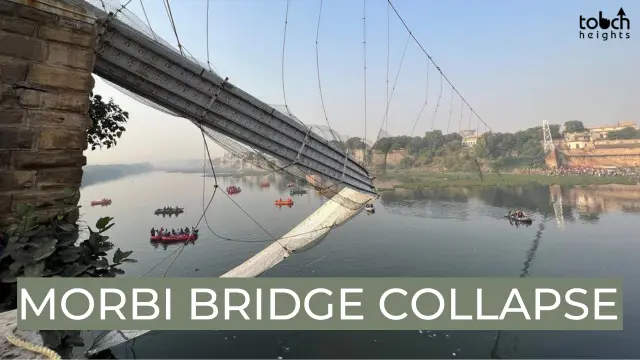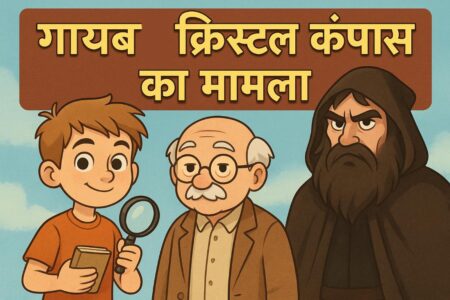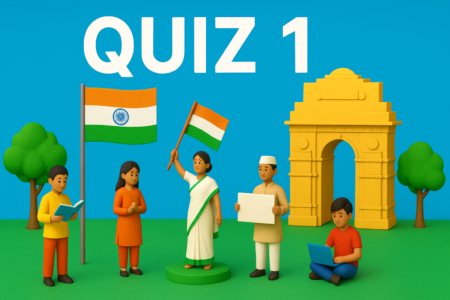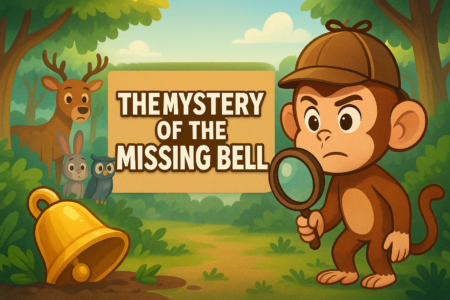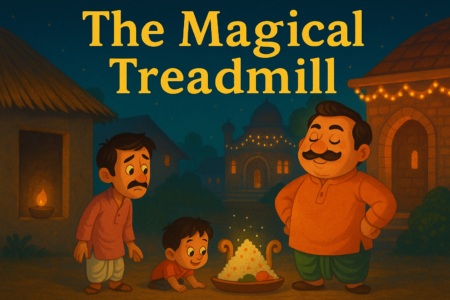One of India’s greatest disasters in recent memory, the massacre in the town of Morbi on Sunday night claimed 135 lives, most of them women, children, and old people.
What went wrong when repairs were completed just five days earlier and the 137-year-old suspension bridge reopened? To piece together a narrative of unnecessary tragedy, we spoke with survivors, first responders, local media, and politicians.
Locals and journalists criticize the business that ran the bridge, and they also accuse the police and municipal officials of failing to do their jobs.
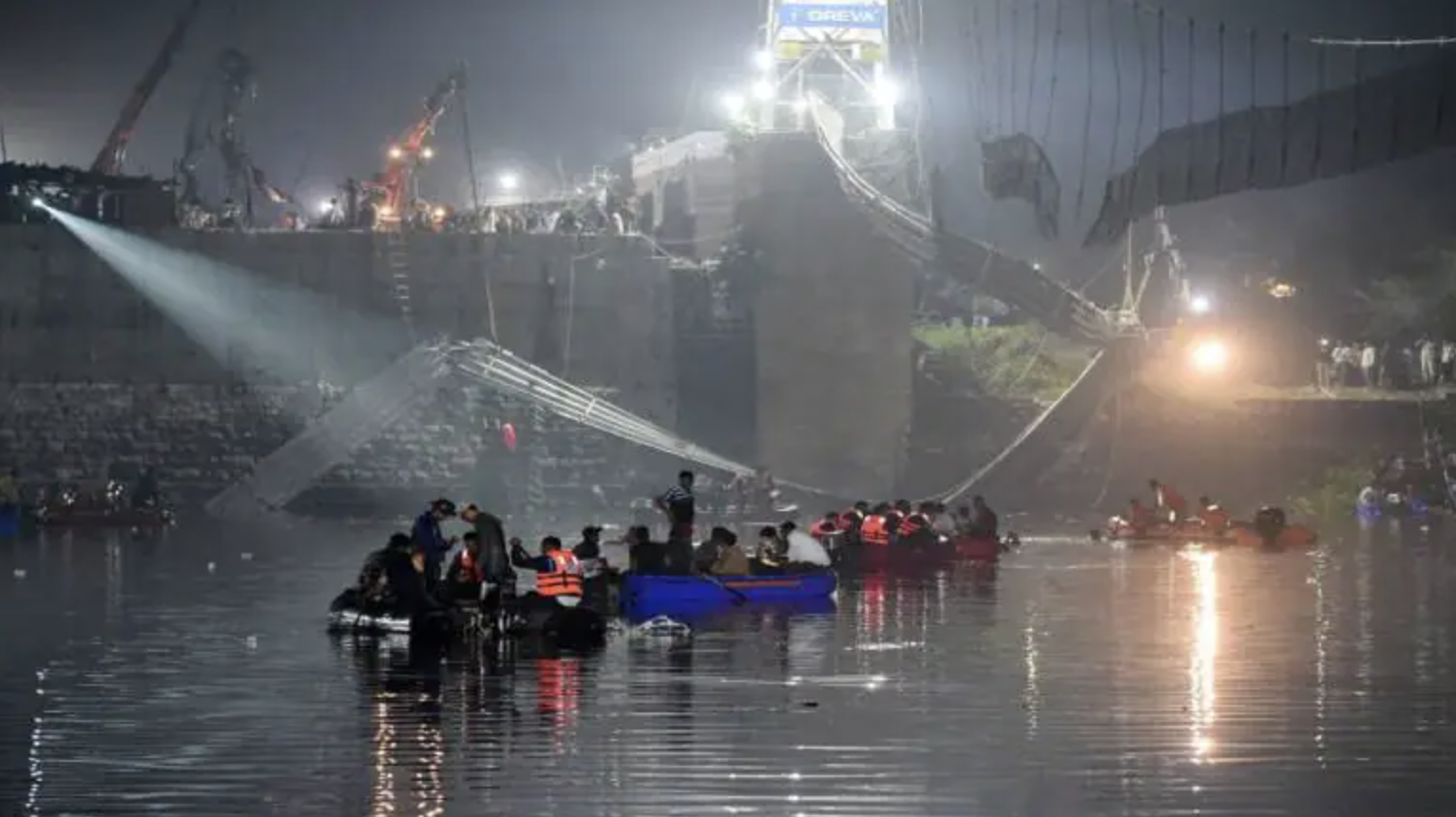
The Moments Leading Up To The Tragedy
Mahesh Chavda and two of his friends bought tickets and boarded Morbi’s swaying “jhulto pul” on Sunday at around 18:30 (13:00 GMT). There is referred to as a “technical wonder” on the state’s tourism website and is well-liked by tourists; Mahesh had frequented it since he was a young boy.
The bridge was constructed in the late 19th century, at a time when Britain ruled India.
The 230m (754ft)-long bridge connects Darbargarh Palace and Lakhdhirji Engineering College across the Machchu River. Although the construction’s completion date is uncertain, local Maharaja Waghji Thakore is believed to have completed it in the 1880s. “I used to go there with my parents, and in the last few years, I’d go there every Sunday with my friends,” Mahesh explains. The 18-year-old and his friends made the decision to continue with their typical Sunday night activities after learning that the bridge had been reopened last week because they were “happy” about it.

Mahesh informed me while lying on his hospital bed with a bandage around his neck that they had seen how busy the bridge was as they got closer to it.
“We thus planned to wait a little while, but the ticket inspector told us to continue. The instant we walked on the bridge, it fell “said he. Mahesh and his companions were flung into the river 15 meters (45 feet) below when the portion where they were standing toppled over.
Despite their injuries, the three teenagers lived. Many families whose loved ones died while taking a nighttime stroll along the river have been devastated by the tragedy because many more did not survive.
Complaints About Repairs
Many people are now wondering how such a large-scale catastrophe could have occurred and why it wasn’t stopped.

Last Wednesday, in honor of the Gujarati new year, the bridge was made publicly accessible.
Nine persons connected to Oreva have been detained by the police since the accident on Sunday, including two managers, two ticket clerks, two contractors, and three security guards that Oreva had employed. They are being looked at for culpable but not murderous homicide.
Public prosecutor HS Panchal said during a news conference on Wednesday that the two contractors who had been assigned fabrication work by the business were “unqualified” for the job.
He said that they were looking into the matter further. According to a forensic study given in court by the investigating officer, although the bridge’s cables were not replaced during renovations, the original wires could not support the weight of the new flooring. Additionally, a police officer testified in court that the wire was “rusted” and that the tragedy would have been prevented if it had been fixed in a timely manner.

A business representative earlier in the week informed the Indian Express that there were too many people in the bridge’s middle and some had been attempting to tilt it. Oreva has also been charged with failing to get authorization from the authorities to operate the bridge, among other transgressions.
On Monday, Sandipsinh Zala, the head of the local municipal government, told reporters that Oreva had not received a safety certificate prior to reopening.
But many wonder why a bridge was permitted to be maintained by a firm renowned for creating clocks. It also manufactures bicycles, household appliances, and lighting goods.
Mr. Zala didn’t return our calls or messages, but an employee in his office informed me that Oreva had initially been awarded a contract by the district administration to lease the bridge in 2008.
The assistant said, “Mr. Zala recently renewed that contract in March. A copy of the contract, which is valid for 15 years, or until March 2037, is in our possession. It states that the company, which also gets money from ticket sales, is in charge of upkeep and security. The company is authorized to charge tickets at 15 rupees for adults and 12 rupees for children, but it was adding 2 rupees to each ticket as a premium, according to the paper. An extensive investigation has been promised by the authorities, and a special investigative team has been assembled to look into the disaster’s causes.

